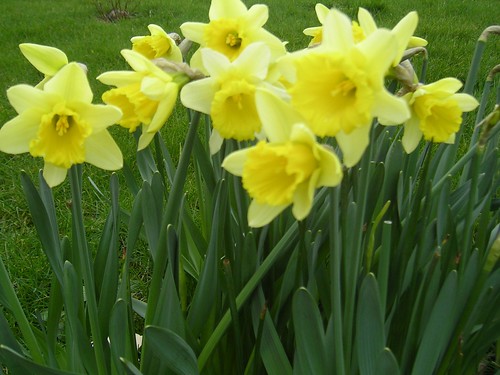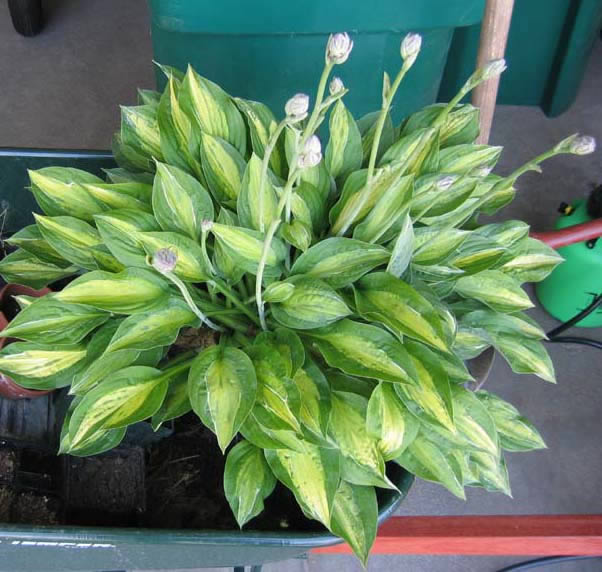                      Â
                     Â
TheGardenLady received this question from Lisa –
 It seems hard to find a staymen apple tree at the local nurseries anymore (DC area) and planting the apple seeds has never worked no matter how many times/ways we’ve tried. Do you have to plant the whole apple for the seeds to sprout? Any other ideas on how to get a staymen apple tree to sprout/grow for our yard? Thanks for any suggestions!
You can start an apple tree from a seed. But to get an excellent fruit tree, nurserymen usually graft the tree to good root stock. Grafting takes a certain expertise that the Garden Lady cannot teach. So you are probably best off buying a tree from one of the numerous fruit tree specialists that are listed on the computer. Local nurseries might night carry all kinds of fruit trees because they have the plants they think will sell to most of the people who are shopping there. And fruit trees are not that popular to plant in small gardens. Deer love the fruit. Also, fruit trees often have diseases that are too involved to treat for the average home gardener.



 Â Â Â Â
     the plant’s condition, I cannot say much about the cause of their dying in your office. Bulbs that were forced needed good, fertile soil as well as fertilizer in the soil when they were starting to send up shoots in order to have healthy flowers.
the plant’s condition, I cannot say much about the cause of their dying in your office. Bulbs that were forced needed good, fertile soil as well as fertilizer in the soil when they were starting to send up shoots in order to have healthy flowers.
 There are so many different leaf sizes, variations
There are so many different leaf sizes, variations Your question is not quite clear. Do you wish to plant miniature plants in crystal pots that have no drainage holes? What plants do you want to plant- miniature African violets, cacti, alpines?
Your question is not quite clear. Do you wish to plant miniature plants in crystal pots that have no drainage holes? What plants do you want to plant- miniature African violets, cacti, alpines?